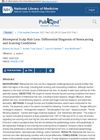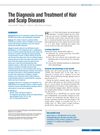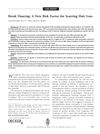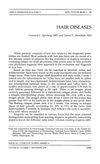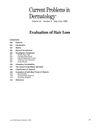Molecular Phenotyping of Lichen Planopilaris Revealed Dysregulation of Cholesterol/Fatty Acid Metabolism, Fibrosis, and Mast Cell Pathways
April 2019
in “
Journal of Investigative Dermatology
”
lichen planopilaris scarring alopecia RNAseq steroid pathways cholesterol pathways fatty acid pathways fibrosis hypertrophic scarring mast cell pathways ABC transporter pathways LPP scarring hair loss RNA sequencing steroid metabolism cholesterol metabolism fat metabolism mast cells ABC transporters

TLDR Lichen planopilaris involves disrupted fat metabolism, increased scarring, and mast cell activity.
In 2019, a study was conducted on 29 subjects with Lichen planopilaris (LPP), a type of scarring alopecia. The study used RNAseq on scalp biopsies to identify molecular pathways associated with LPP. Three major pathways were identified: 1) downregulation of steroid/cholesterol/fatty acid pathways; 2) upregulation of fibrosis and hypertrophic scarring genes; and 3) upregulation of mast cell signatures. These pathways were significantly dysregulated in LPP biopsies. The study also found that these three core pathways were common among other subtypes of scarring alopecias. Additionally, ABC transporter pathways involved in drug uptake and metabolism were strongly associated with LPP, but not with other scarring alopecias. This suggested that therapies targeting these core pathways could be applicable across scarring alopecia patients, and unique pathways like ABC transporters could be targeted for individualized therapies in LPP.

